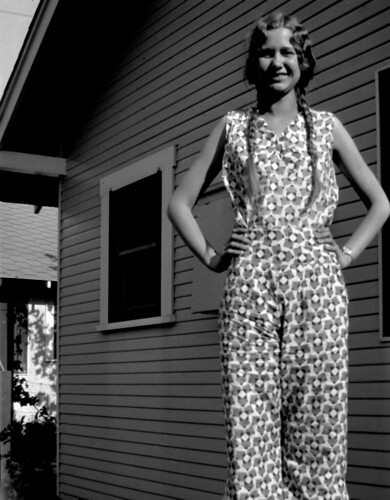 Okay, it's true. I just read Divine Secrets of the Ya-Ya Sisterhood by Rebecca Wells (1996). I know I bought this book (it certainly wasn't Dr. M's), but I have no idea when or why or why I still have it. I didn't really have an urge to read it, but it was in my collection, so when it came up on my randomly generated book list, I decided to go for it.
Okay, it's true. I just read Divine Secrets of the Ya-Ya Sisterhood by Rebecca Wells (1996). I know I bought this book (it certainly wasn't Dr. M's), but I have no idea when or why or why I still have it. I didn't really have an urge to read it, but it was in my collection, so when it came up on my randomly generated book list, I decided to go for it.Honestly, I liked it better than I thought it would. At least most of it. This tells the story of Sidda, a theater director living in New York City with her gorgeous, perfect (and very one-dimensional like all the men in this book) fiance. She gives an unintentionally revealing interview about her childhood to a reporter for the New York Times, who runs a piece blasting Sidda's mother, Vivi, for being a bad, drunk, child-beating mother. This really pisses Vivi off, and she cuts off all contact with her daughter. Sidda responds by calling off her wedding and going to an isolated cabin in Washington State to be alone and think things out. While trying to make amends, Sidda writes Vivi and asks for her help with a new play she is directing. Vivi has a group of three close girlfriends (the Ya-Yas) who have been inseparable since they were little kids. Sidda asks to learn more about them and their friendship as research to give her play more life. After consultation with the Ya-Yas, Vivi sends Sidda a giant scrapbook documenting their friendship over the years.
Most of the book is told through Sidda flipping through the scrapbook, reading letters, and finding photos and ephemera, and then thinking back to what she can remember her mother or the other Ya-Yas saying about a certain event. Then we flip to Vivi's memory and get the full story. Back and forth. I liked this bit -- Vivi's life as a young, wealthy woman in the South and the adventures of she and her sassy girlfriends are entertaining and fun to read, and I like stories told through letters. We also get some of Sidda's life -- parts of which are interesting, but most of which are boring interior monologues wondering if she knows how to love anyone, if she can forgive her mother, if she deserves happiness, and why she doesn't have any Ya-Yas. Of course she does have friends, they just happen to be a gay costume designer and a alterna-girl playwright. Not southern belles who like to drink and cuss and wear nice dresses like her mother's friends.
Would I like this book better if I had some Ya-Yas? Possibly. But I've always just had one or two super close girlfriends, and those friends change every ten years or so. And really, most of my friends are boys. I'm still friends with my oldest best friend (Hi L.!), but not in a Ya-Ya kind of way. To do that, I think you'd have to never leave where you grew up, never expand from the comfort of your childhood, and never really fall in love with your husband. Because none of the ladies in this book seem to think of their husbands as anything more than a guy to get money from, a nuisance, or a child (or in the case of Sidda, a sex-machine -- and the sex is really not very interesting to read about).
As you might expect, everything works out in the end. And the ending is satisfying and not overly sappy. This book was okay, but just not the sort of thing I usually like to read. If she could have cut out some of the moralizing and nauseatingly metaphoric interludes, the book would have been even better.
[Also, I'm having some houseguests through the weekend, so posting will dry up for a few days while I have a luxurious in-town vacation.]






















